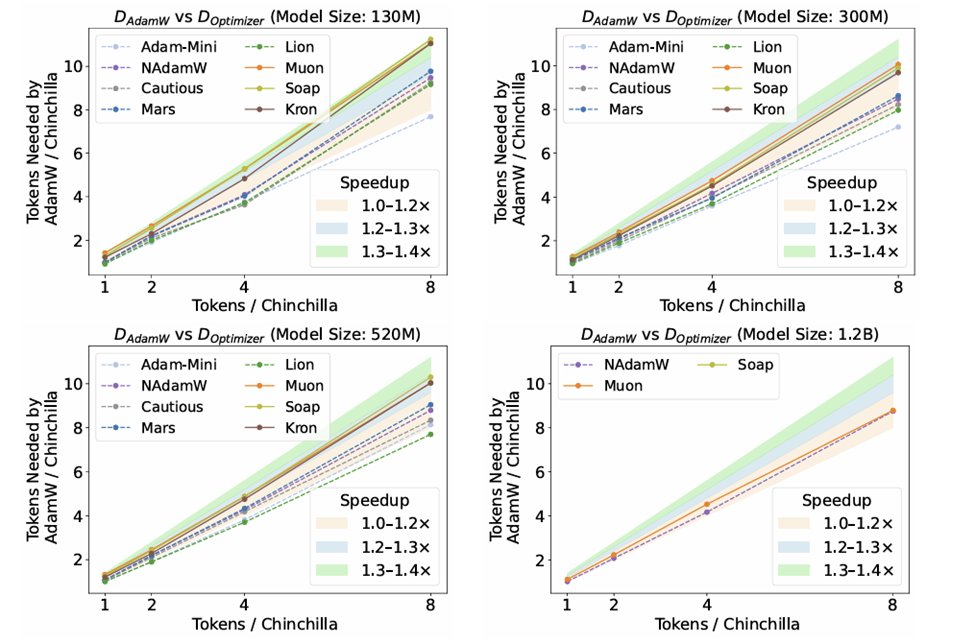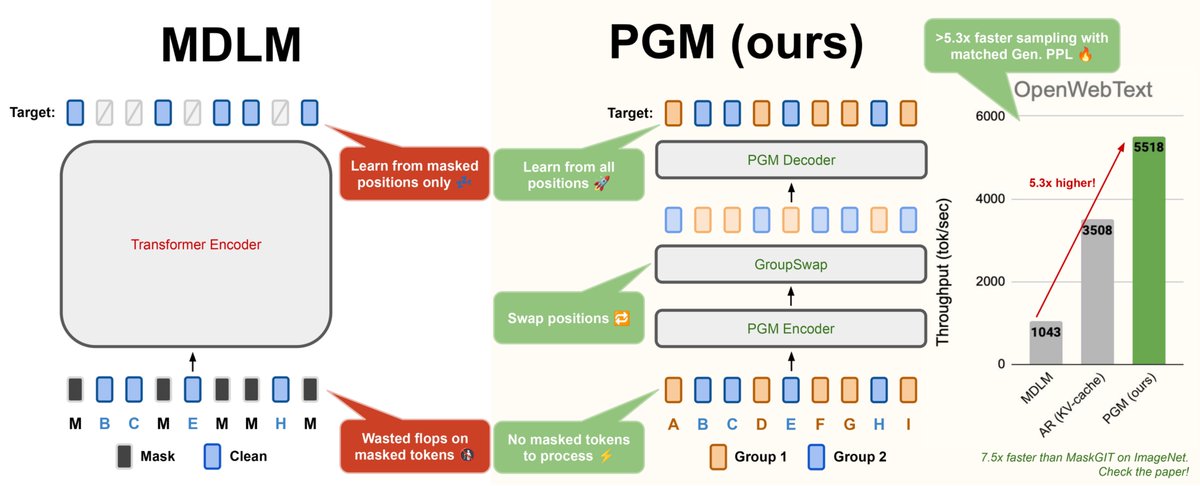
Alex Hägele
@haeggee
Fellow @AnthropicAI + PhD Student in Machine Learning @ICepfl MLO. MSc/BSc from @ETH_en. Previously: Student Researcher @Apple MLR
ID: 1212418353094000640
https://haeggee.github.io/ 01-01-2020 17:00:47
271 Tweet
512 Followers
634 Following



Lucas Beyer (bl16) Alex Hägele EPFL Andrei Semenov I got excited about the results we got in the AdEMAMix paper (I’m the first name on that paper). Around that time Andrei wanted to benchmark some of the recent optimizers. I naturally suggested AdEMAMix as I was curious how it would compare to others.

























